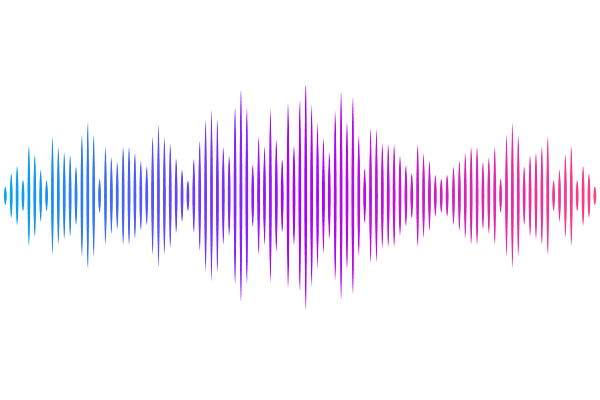Introducing the Phoebos simulation: galaxy properties at the dawn of galaxy formation

Introducing the Phoebos simulation: galaxy properties at the dawn of galaxy formation
Floor van Donkelaar, Pedro R. Capelo, Lucio Mayer, Darren S. Reed, Thomas R. Quinn
AbstractThe James Webb Space Telescope (JWST) now allows us to observe galaxies at the end of cosmic dawn ($z \sim 10-15$) with unprecedented detail, revealing their morphologies, sizes, and internal structures. These observations offer crucial insights into the physical processes driving early galaxy formation. In this work, we introduce the Phoebos hydrodynamical cosmological simulation, a state-of-the-art 100 Mpc volume designed to study the formation and evolution of galaxies at the end of cosmic dawn and into the epoch of reionization. Phoebos includes a stellar feedback model that is intentionally weak, in order to address the high abundance of massive galaxies seen by JWST at early epochs. At variance with most large cosmological hydrodynamical simulations, we do not employ an effective equation of state model, instead our radiative cooling model allows us to capture the multi-phase nature of the gas inside and around galaxies. Phoebos reproduces key observables of early galaxy formation at $z \gtrsim 8$, including the stellar mass function and the stellar-to-halo mass relation. It also recovers the observed slope of the stellar size-to-mass relation and matches the specific star formation rate remarkably well. These results suggest that highly efficient star formation in the presence of only mild regulation from stellar feedback, drives early galaxy growth, supporting a scenario of rapid stellar mass assembly during cosmic dawn. There are indications in the cosmic star formation density that, at lower redshifts, Phoebos might overpredict the stellar mass within the systems, suggesting that a transition to a stronger stellar feedback may be necessary to reproduce later-time observations. These results highlight the potential of Phoebos to interpret JWST observations and to probe the evolving physical processes that shape galaxy formation.